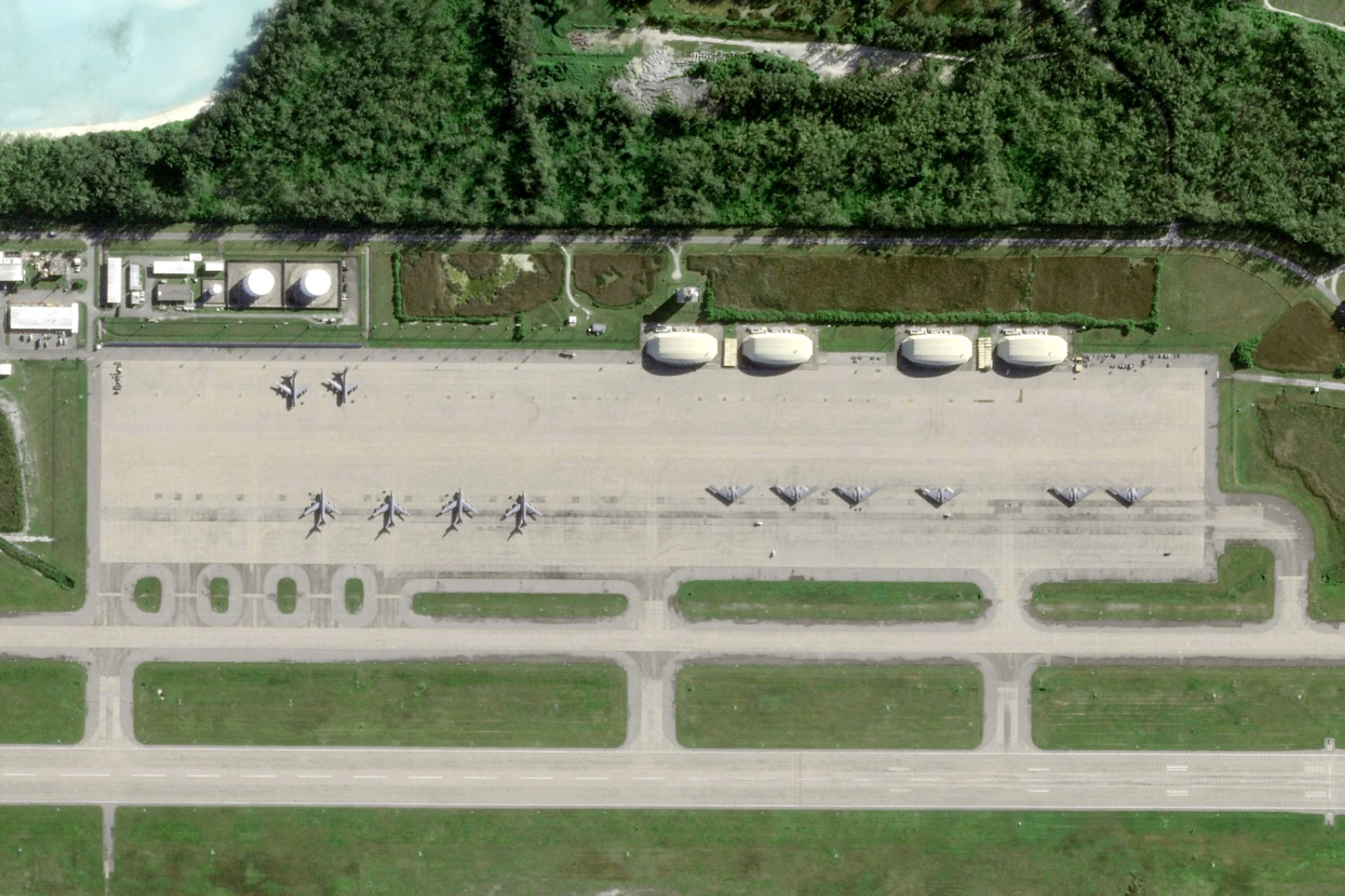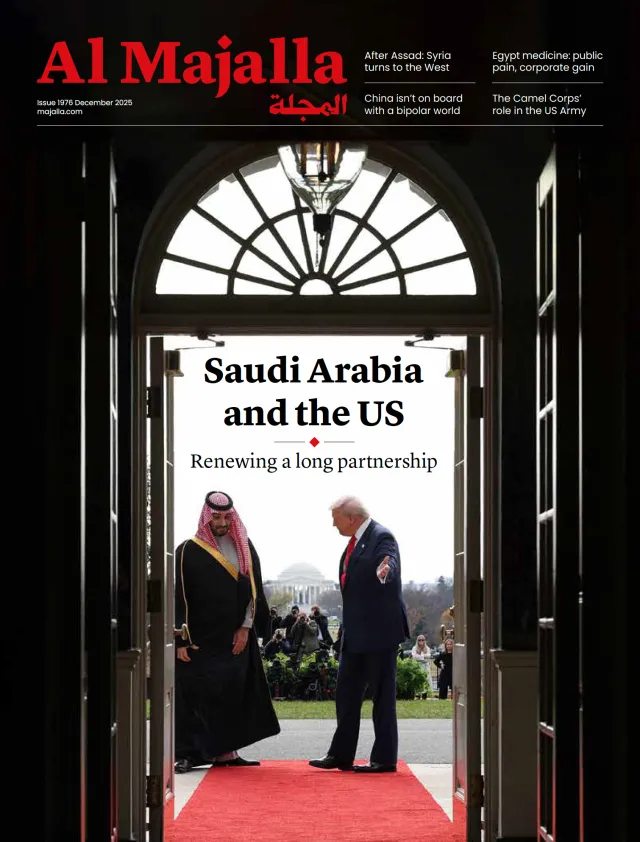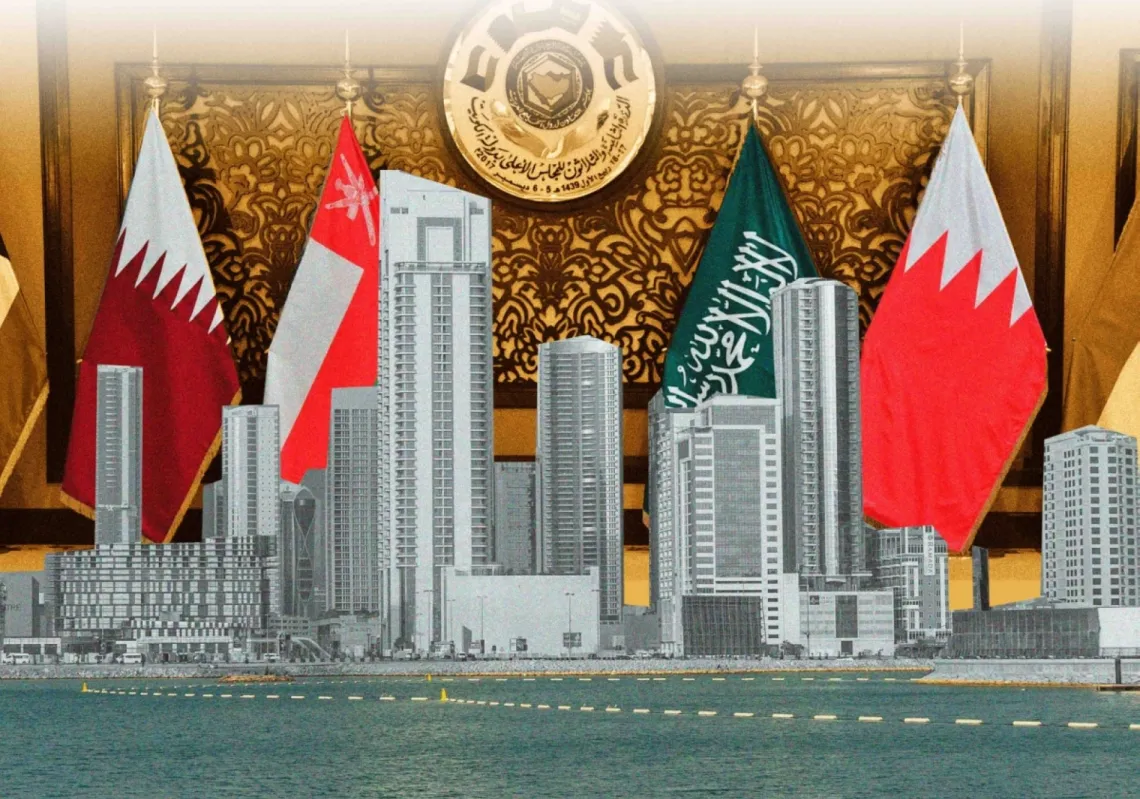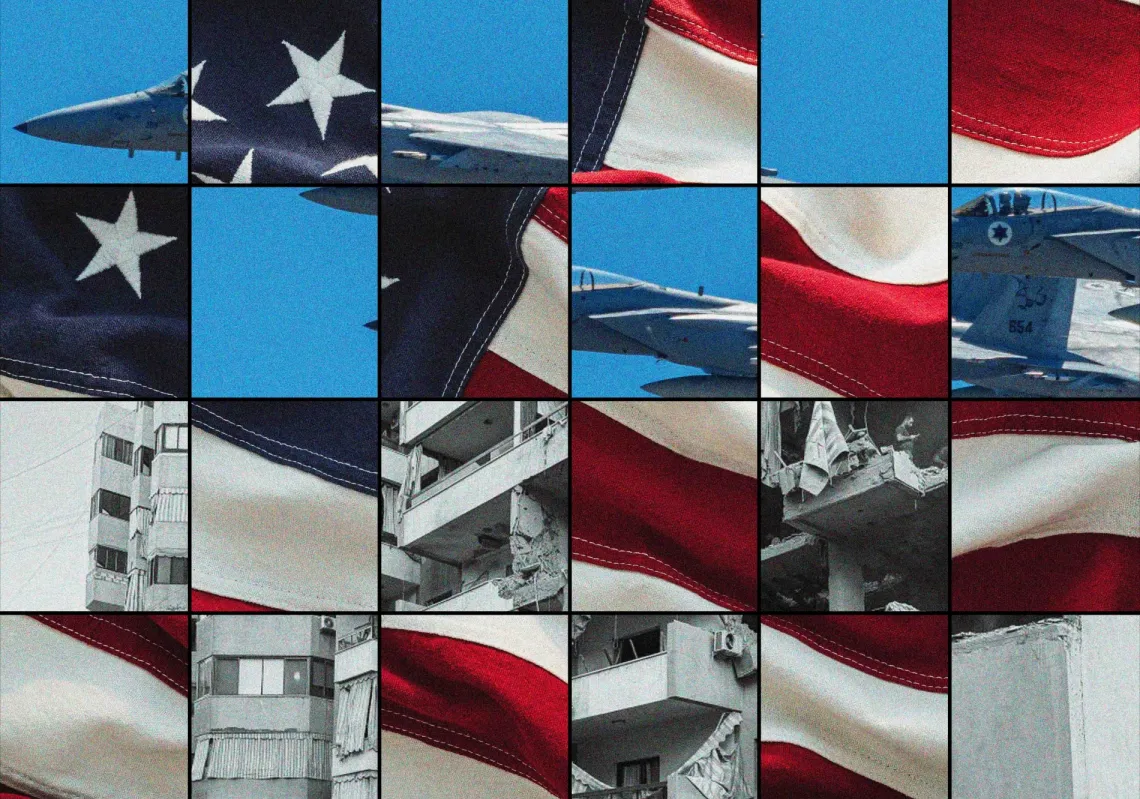The Trump administration’s expanded military campaign against Yemen’s Iran-aligned Houthi movement has sparked intense debate across the globe. Analysts are closely examining the scope, phases, and objectives of the operation, raising questions about whether it is part of a broader pressure campaign on Iran ahead of direct nuclear negotiations. And with rumours over a potential ground offensive in Yemen gaining traction, experts are weighing in on whether such a military “gamble” would actually pay off.
The effectiveness of the air strikes against Houthi positions has been the subject of a fierce debate, even within the Trump administration itself. In early April, The New York Times published a piece titled Strikes in Yemen Burning Through Munitions With Limited Success. Meanwhile, CNN reported that the total cost of the US military’s operation against the Iran-backed Houthi militants in Yemen is nearing $1bn in just under three weeks, according to three people briefed on the campaign, but the attacks have so far had limited impact on destroying the group’s capabilities. “We are burning through readiness—munitions, fuel, deployment time,” said one official.
The prevailing sentiment in Washington and other Western capitals is that the US cannot bomb the Houthis into submission, and any success against the group would require a comprehensive regional strategy or negotiated settlement, in close coordination with neighbouring states.
But the complexity of the regional landscape, combined with Iran’s insistence that its missile programme and regional influence are not up for negotiation, further complicates the picture. As one Iranian official put it, “If the Americans continue to recycle incoherent proposals, there will be no negotiations.” Even Trump himself has admitted that while he is open to talks with Iran, he remains sceptical about their prospects—an unsurprising position, given the deep and widening gulf of mistrust between the two sides. It remains unclear whether Trump intends to treat the various points of contention with Iran as separate, compartmentalised issues or whether he is looking for a more comprehensive solution.
Read more: What if the US-Iran talks fail?
Many in the US administration are now convinced that getting rid of the Houthi threat would require a ground offensive. The current wide-scale aerial bombardment is seen as a preparatory phase—intended to pave the way for a lower-risk, lower-cost ground offensive.
The Houthis have been dealt some powerful blows, to be sure. On Friday, the US struck an oil port held by Yemen’s Houthi rebels, killing more than 70 people and wounding many others. The overnight strike on the Ras Isa port sent massive fireballs flying into the sky and set tanker trucks ablaze. It was the first American attack on a Houthi-controlled oil facility in the new US military campaign, and not-so-coincidentally, before the resumption of negotiations between the US and Iran.
A Yemeni source told Al Majalla that the current moment presents the best opportunity in years for Yemenis to finally free themselves from the Houthis' authoritarian grip.
How would a ground offensive play out?
There are a few ways the US could turn up the pressure militarily. The first scenario envisions continued US air and naval bombardment exhausting Houthi forces, loosening their grip on Sanaa and even their stronghold of Saada. But maintaining public order in a post-Houthi vacuum would require a coordinated popular uprising across governorates and local communities—an unlikely prospect in the near term. Public scepticism towards foreign intervention, driven by memories of Iraq’s post-2003 chaos and sectarian fragmentation, remains strong.
The second, and more likely, scenario is that the anti-Houthi governorates and factions will consolidate control over their own territories and just wait for the opportune moment to advance on Houthi-held areas.
Just weeks ago, US Defence Secretary Pete Hegseth stated that the United States “is not concerned with Yemen’s civil war,” but only with securing vital maritime routes. Now, however, military sources are hinting at a limited US role in backing Yemeni government forces to launch a coordinated ground assault on Houthi-controlled territories—from the west, east, south, and centre.
US military officials say government forces are “ready for ground engagement,” though they privately express concern about internal divisions and lack of cohesion among allied Yemeni factions, particularly in the aftermath of any potential Houthi retreat.
A senior Yemeni military official confirmed that “the ground offensive plans have been finalised by the government and resistance forces” and that preparations are underway for a multi-front assault. According to a well-informed Yemeni military analyst, the ground campaign is likely to begin “between mid and late May”—after US air strikes have crippled key Houthi military assets.
Meanwhile, US military sources told CNN that Washington is prepared to escalate its operations. B-2 stealth bombers and KC-135 refuelling aircraft have been deployed to Diego Garcia in the Indian Ocean—potentially for strikes on fortified targets in Yemen, but also, they note, as a signal to Iran.

What have US air strikes achieved thus far?
Thus far, American air raids have dismantled several Houthi fortifications, trenches, and strategic positions built during the truce years, particularly those designed to enable an offensive on the Yemeni government-controlled and oil-rich province of Marib. The aerial campaign has disrupted Houthi mobilisation efforts, potentially clearing the path for Yemeni government forces to advance on Sanaa from the east.
The same is true of the port city of Hodeidah, where targeted air strikes have weakened Houthi positions, allowing for the possible advance of pro-government “Republican Guard” units toward the strategic port city.
The Houthis continue to claim that their ballistic and cruise missiles, along with their drones, are still capable of striking targets as distant as Israel and even the US aircraft carrier Harry S. Truman, from which advanced fighter jets are routinely launched to bombard their positions—seemingly without interruption or notable incident.
And while the group remains dug into their fortified positions, they have lost much of its air defence infrastructure, including radar systems, and is now left with only a limited stock of missiles and drones—many of which are being intercepted or neutralised before reaching their targets, or simply fall into the empty vast desert or sea.
Despite these setbacks, the Houthis assert that they are still capable of confronting any potential ground offensive—albeit with diminished military capacity, particularly after a series of targeted US raids that, according to American officials, struck major militia gatherings and eliminated several field commanders.
In a state of heightened alert, the Houthis have imposed a strict surveillance regime across areas under their control. They are meticulously monitoring civilian movement and communication, treating even minor activity with great suspicion.












